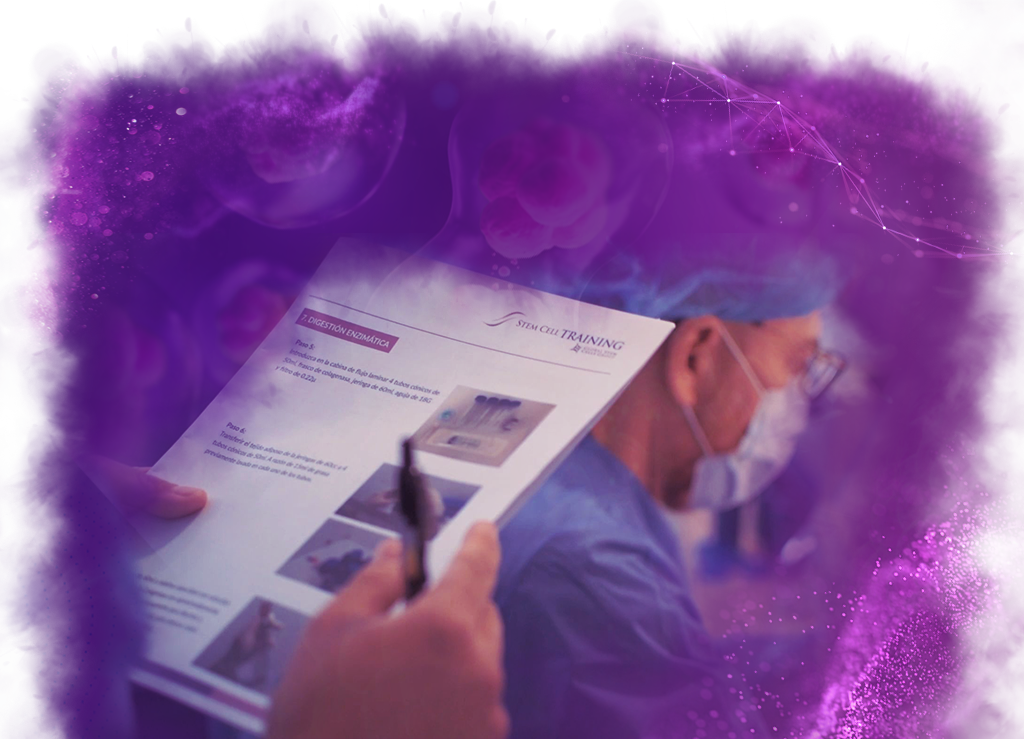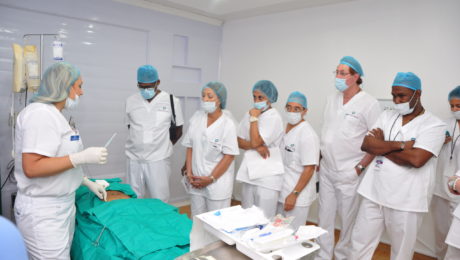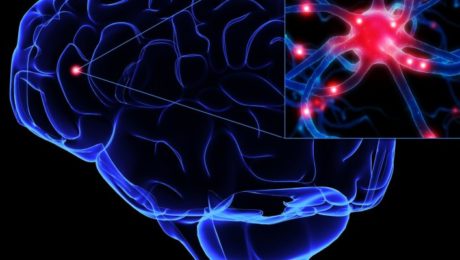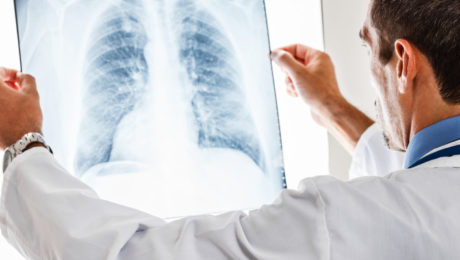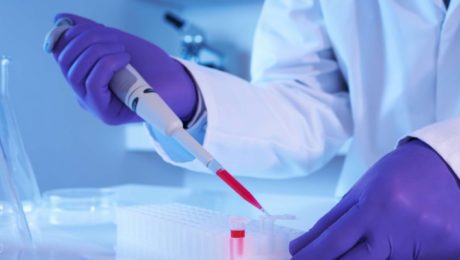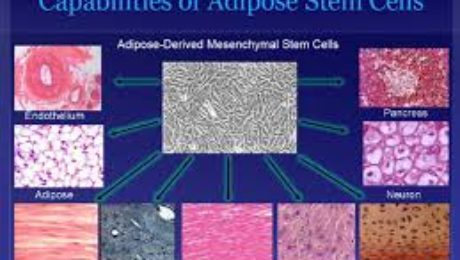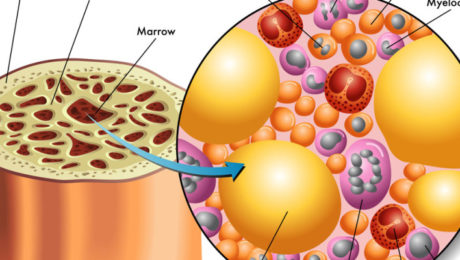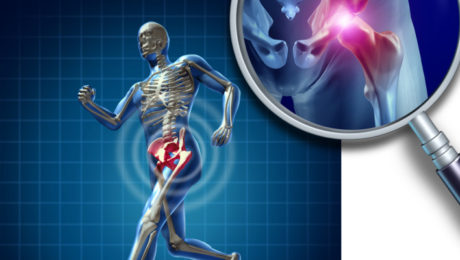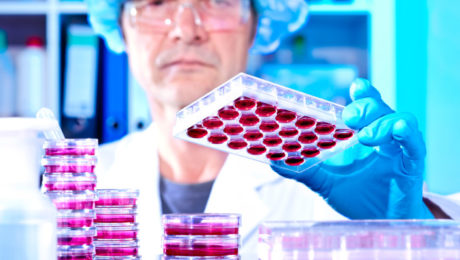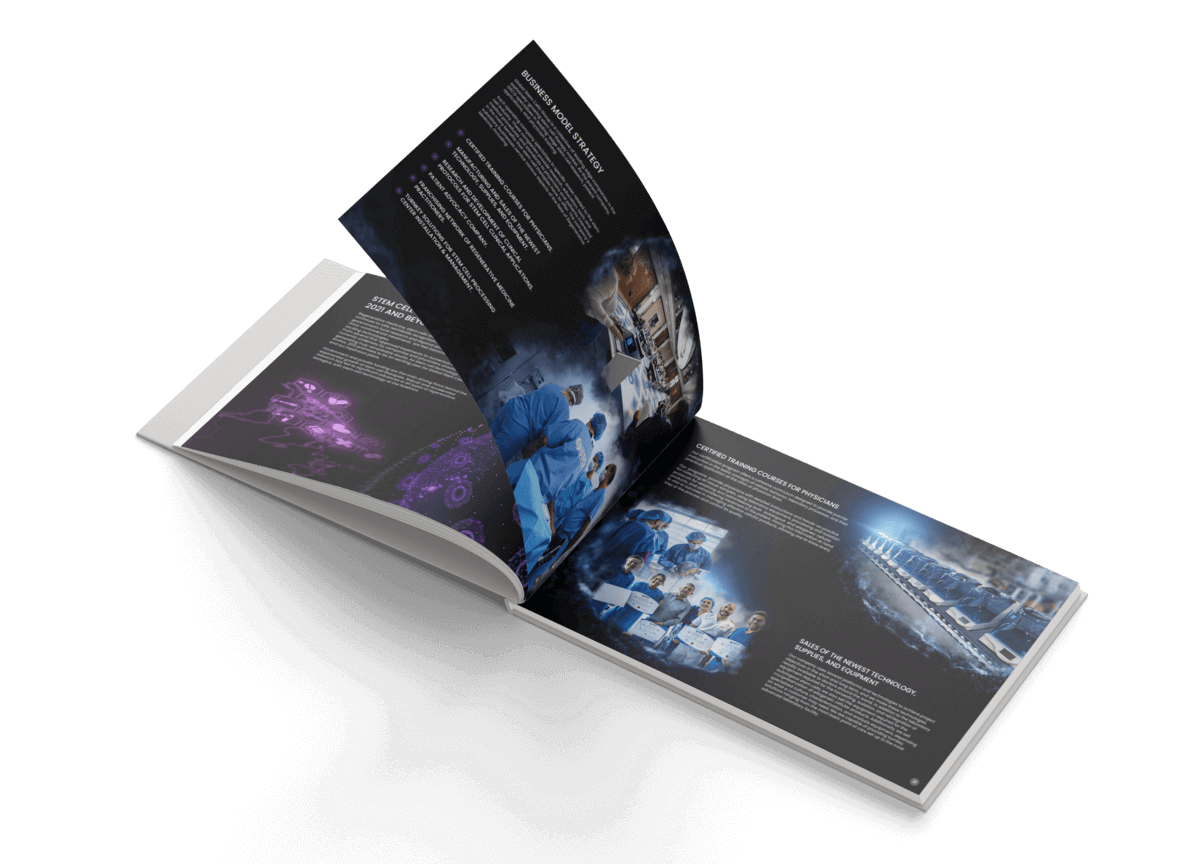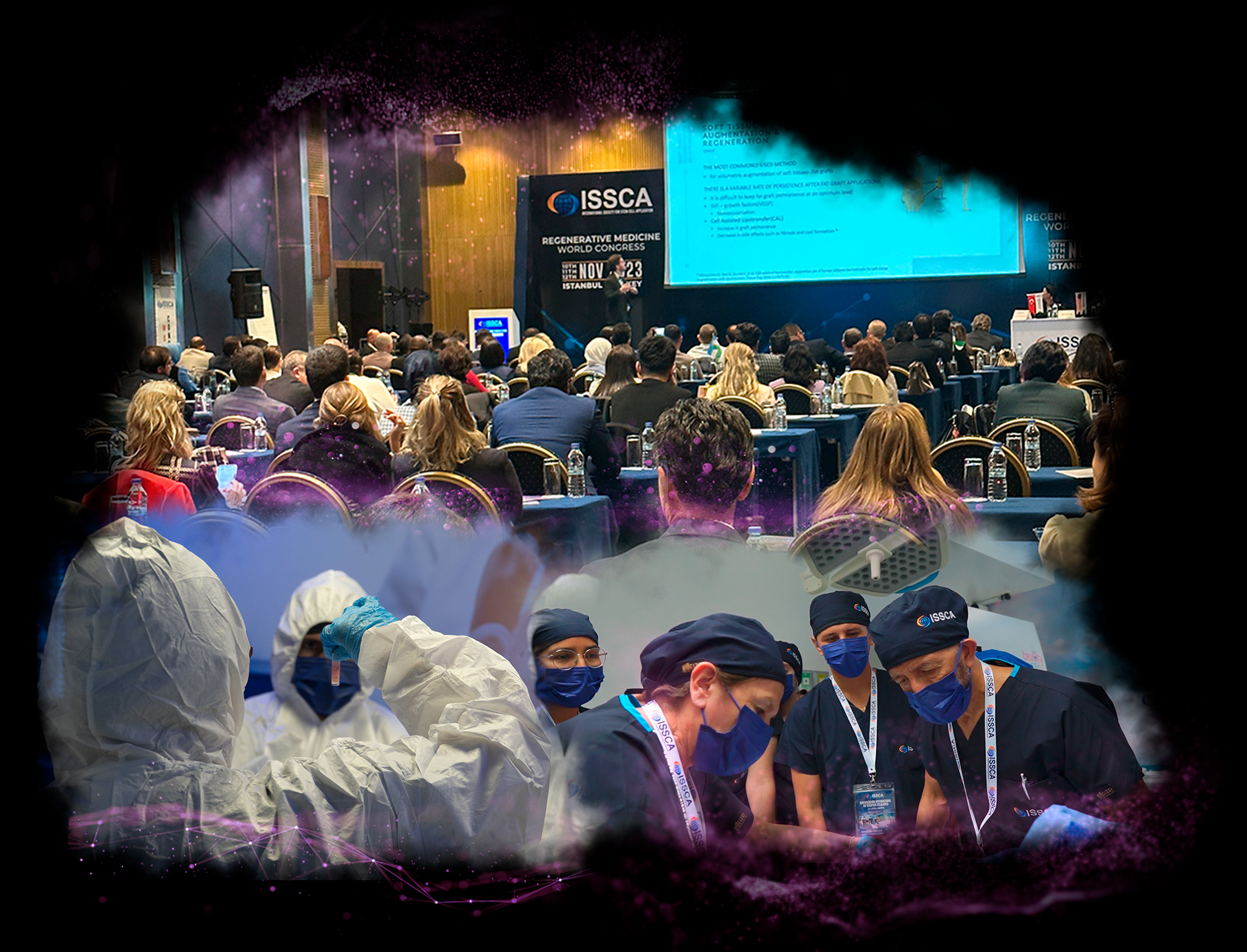Essential Steps for Regenerative Medicine Practitioners
Comprehensive Stem Cell Training Global Stem Cells Group (GSCG) offers an intensive two-day stem cell training course designed to equip practitioners with the skills to implement cutting-edge regenerative therapies in their clinics. The training includes hands-on experience in techniques such as precision mini lipo-aspiration for fat tissue collection and bone marrow harvesting via the iliac
- Published in Corporate News / Blog
Could stem cells repair the damaged brain in Alzheimer’s?
Stem Cell Therapies: A Potential Cure for Alzheimer’s? Understanding Alzheimer’s Disease Alzheimer’s disease is a progressive and irreversible brain disorder characterized by symptoms such as disorientation regarding time and place, changes in mood, personality and behavior, memory loss, difficulty solving problems or planning, and difficulty writing or performing other routine tasks. This condition primarily affects
- Published in Corporate News / Blog
New Stem Cell Research Shows Promising Results for Muscular Dystrophy
Understanding Muscular Dystrophy Muscular dystrophy (MD) encompasses a group of genetic disorders that cause progressive muscle weakness and loss of muscle mass. These disorders, affecting primarily skeletal muscles, can also impact respiratory and swallowing muscles, leading to severe disability over time. Types and Impact of Muscular Dystrophy There are various types of muscular dystrophy, with
- Published in Corporate News / Blog
Stem cells may be used for healing damaged lungs
Healing Damaged Lungs with Stem Cells A new study from the Weizmann Institute of Science reveals promising results using stem cells to repair damaged lung tissue. This breakthrough offers hope for treating conditions like bronchitis, asthma, cystic fibrosis, and emphysema, which collectively affect millions globally. Bone Marrow Stem Cells for Lung Tissue Regeneration The study
- Published in Corporate News / Blog
Adult tissues that serve as sources for stem cells
Where Do Adult Stem Cells Come From? Adult stem cells are garnering significant interest in the scientific community due to their ability to self-renew and differentiate into various types of cells and tissues. Unlike embryonic stem cells, which can differentiate into multiple cell types, adult stem cells typically generate tissues specific to their origin. This
- Published in Corporate News / Blog
We may soon be able to heal autoimmune disorders with Stem Cells
Autoimmune disorders are conditions where the body’s immune system mistakenly attacks healthy cells, causing damage to tissues and organs. With over 80 known types, including diabetes type 1, lupus, rheumatoid arthritis, celiac disease, and multiple sclerosis, these disorders affect millions worldwide. Understanding Autoimmune Disorders The exact causes of autoimmune disorders remain unclear, though triggers like
- Published in Corporate News / Blog
STANFORD RESEARCHERS ISOLATE SKELETAL STEM CELLS THAT GIVE RISE TO BONES AND CARTILAGE
Stanford Researchers Isolate Skeletal Stem Cells That Give Rise to Bones and Cartilage Cartilage and bone deterioration often result from aging, lifestyle factors, or injuries. Unlike bone tissue, mature cartilage has limited self-healing capabilities. Surgical interventions like joint replacement are costly and carry risks such as rejection and infection [1]. Stanford’s Breakthrough in Tissue Engineering
- Published in Corporate News / Blog
PROTEINS PRODUCED BY STEM CELLS, USED IN BONE REGENERATION
Bone loss and weakening are natural effects of aging, beginning as early as age 30. Factors like smoking, inadequate calcium intake, certain medications, and hormonal changes accelerate bone resorption, leading to decreased density, porous bones, and increased fracture risk. Stem Cell Innovations in Bone Reconstruction Researchers at the Gladstone Institutes have pioneered a method using
- Published in Corporate News / Blog
The different types of stem cells and their current uses
Stem cells possess remarkable potential in medical applications due to their ability to differentiate into diverse cell types and renew themselves. They play a crucial role in the body by generating specialized cells that form tissues such as muscles, bones, blood, and the brain. Types of Stem Cells Based on Origin Embryonic Stem Cells (ESCs)
- Published in Corporate News / Blog

